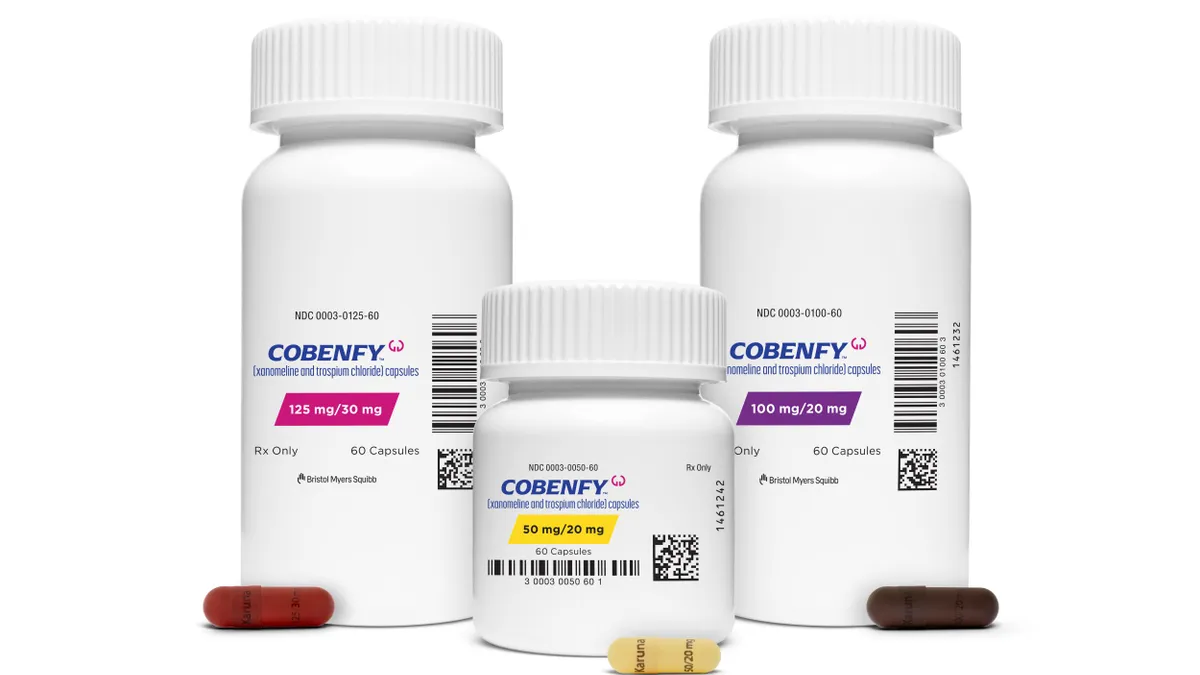Non-personal promotion (NPP) is a more effective method of reaching and engaging physicians than the traditional representative-centric model. NPP allows pharma companies to connect with HCPs on cost-effective channels they trust and use regularly, leveraging tactics that seamlessly integrate within a prescriber’s workflow.
Optimizing and extending brand value requires engagement with stakeholder groups from launch, through maturity, and even beyond loss of exclusivity. Shrinking sales forces, dwindling budgets, and declines in physician access make it difficult to maintain the consistent promotional presence required to make sure sales don’t drop like a rock. Today, approximately half of U.S. physicians place moderate to severe restrictions on visits from pharma sales reps, including previously rep-friendly specialties.
Companies navigating these new realities are finding that non-personal promotion (NPP) is a more effective method of reaching and engaging physicians than the traditional representative-centric model. NPP allows pharma companies to connect with HCPs on cost-effective channels they trust and use regularly, leveraging tactics that seamlessly integrate within a prescriber’s workflow.
To reach the right practitioners and have an impact, there are a few fundamental guidelines to consider when developing your NPP initiative.
1. Personalize Multi-Channel Outreach
Physicians today are more time-crunched than ever, so it’s critical that your mix of channels and content is tailored to each physician. Pharma companies should build comprehensive prescriber profiles that include a combination of basic personal information and data collected from NPP interactions. Key metrics measured by NPP engagement can include time spent watching a video, channel preference, and response to email and inbound requests.
The valuable data collected from one NPP channel can be used across other initiatives within a campaign. By personally addressing a physician and adapting communication to their needs, NPP campaigns can help establish a personal connection with an HCP when a rep visit is cost-prohibitive or impossible.
2. Complement Online Strategies with Traditional Offline Channels
While digital channels are irrefutably an effective vehicle for HCP engagement, a complete shift away from print isn’t viable. Physician use of Web and mobile technologies to access clinical information is growing, but print remains an essential component of their daily responsibilities and has less competition for attention within the channel than digital tactics.
Prescriber behavior strongly supports the need to complement online strategies with offline vehicles. Although studies show that the number of doctors who are certified to use electronic platforms for patient records and prescribing has steadily increased over the past few years, this does not correlate directly to usage metrics such as the number of electronic prescriptions being dispensed. In fact, less than 25% of all prescriptions issued last year were submitted electronically. Physicians are dissatisfied with EHR technology and in some cases, feel EHRs systems are hindering productivity and negatively impacting patient care. According to a study from the American College of Physicians and AmericanEHR Partners, user satisfaction and usability ratings for certified EHRs has steadily decreased since 2010 among clinicians across a range of practice types. Reported sources of common frustration include poor usability, time-consuming data entry, interference with face-to-face patient care, inefficient and less fulfilling work content, inability to exchange health information, and degradation of clinical documentation.
In addition, digital platforms that reach physicians are also becoming increasingly saturated. The shift toward digital marketing presents an opportunity for companies to increase messaging consistency and make a greater impact through print NPP programs that bypass the digital clutter.
3. Deliver Value with Educational Messaging that Fits Within a Physician’s Workflow
The main reason NPP programs are so effective is because they allow physicians to engage in channels that don’t feel intrusive and often at a time of their choosing, addressing two of the common complaints about rep visits. This elicits a feeling that the doctor’s time is valued, rather than feeling like their workflow was interrupted. More often than not, this is at the point of care while the physician is making critical clinical decisions. Maintaining this regular communication with an HCP in the exam room builds brand awareness throughout the year, resulting in more practitioners prescribing your brand.
In a world of value-based delivery, physicians will be more receptive to NPP that provides branded educational information. This approach can evolve the role of pharma companies into trusted resources that help improve patient care and deliver value beyond the pill.
4. Measure Your Return on Investment (ROI)
At a time when it’s necessary to demonstrate the return on each marketing dollar spent and each prescriber engagement, all NPP programs should be followed by a comprehensive ROI and impact analysis. Although it can take several months to complete this analysis, the results will provide a true assessment of the campaign’s success and can help to make informed future marketing decisions. Select NPP vendors will perform an independent ROI study for client campaigns as a matter of course.
NPP will continue to gain momentum in pharmaceutical marketing over the next two years. This approach offers pharma a great opportunity to reach HCPs when they are actively searching for medical information.
With over 30 years of industry leadership, MediScripts helps its partners build meaningful relationships with its network of healthcare practitioners through simple, easy to use clinical management solutions. For more information, visit mediscriptspartners.com



















